NASA Landed Electric Cars On The Moon Decades Before Elon Musk Launched His Tesla
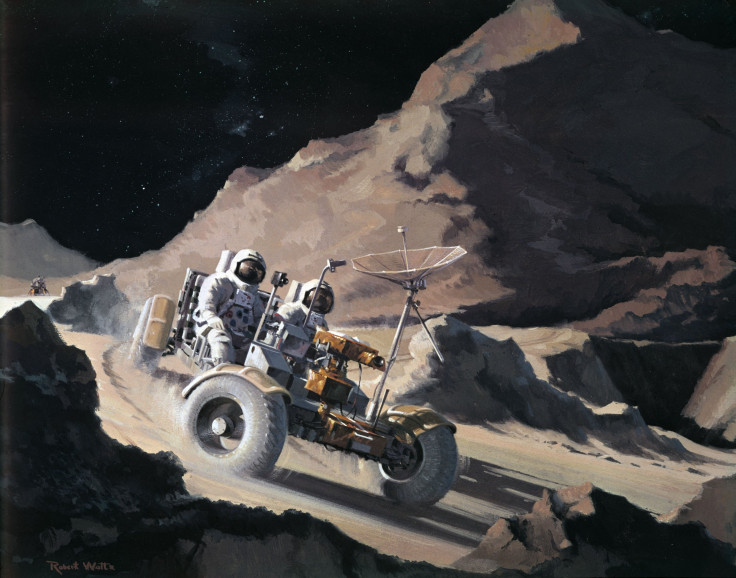
SpaceX may have sent the first car into orbit around the sun when it launched CEO Elon Musk’s Tesla Roadster on the Falcon Heavy earlier this week, but that was not technically the first car in space. That honor goes to NASA’s lunar roving vehicle — like the Roadster, an electric vehicle — on the Apollo 15 moon mission.
The space agency sent three rovers to the moon, with astronauts on Apollo 15, 16 and 17. The vehicles helped the explorers get around and lug their samples back to their spacecraft.
Apollo 15

During Apollo 15, which launched to the moon in 1971, astronauts David Scott and James Irwin — Al Worden stayed in the command module in orbit around the moon — used the first lunar roving vehicle to bring rock and soil samples back to the lunar module Falcon. The “car” was battery-powered and weighed 77 pounds on the moon (but 462 pounds on Earth).
Apollo 16
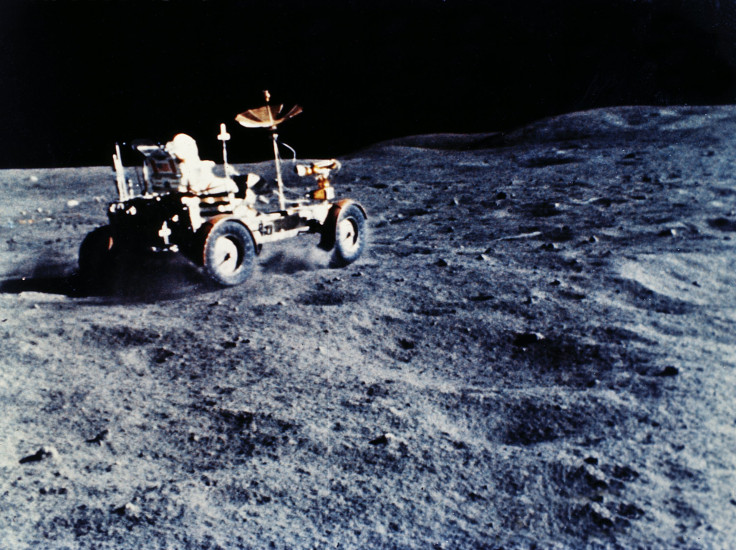
For Apollo 16, NASA built an entirely new rover. The astronauts on the mission who landed on the moon, John Young and Charles Duke, traveled in the vehicle for a total of almost 3.5 hours, and covered more than 16 miles. Astronaut Ken Mattingly stayed in orbit around the moon.
Apollo 17
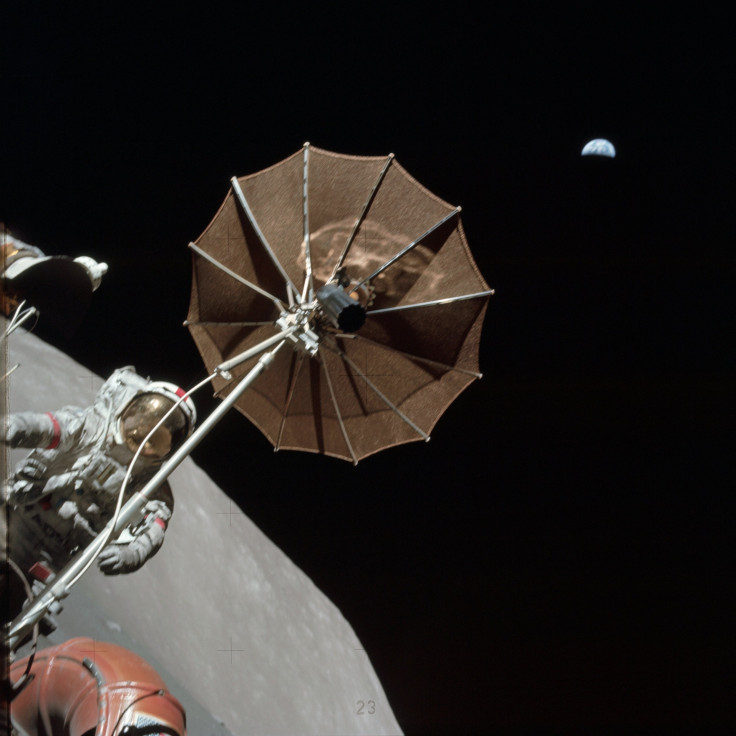
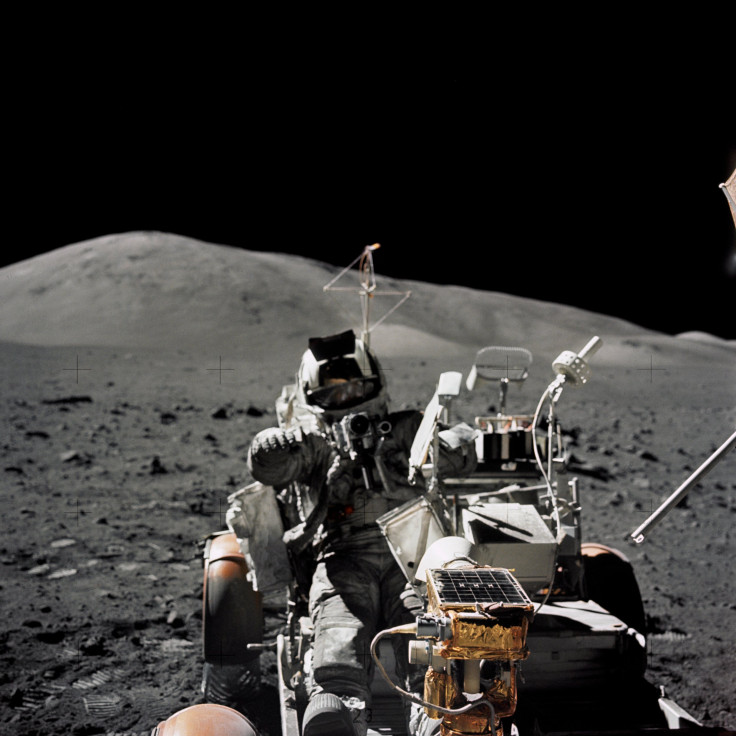
The third and final “car” to land on the moon was the Apollo 17 rover, which astronauts Gene Cernan and Jack Schmitt used to cover the terrain while Ron Evans continued to orbit in the command module.
“The lunar rover proved to be the reliable, safe and flexible lunar exploration vehicle we expected it to be,” Schmitt later said, according to NASA. “Without it, the major scientific discoveries of Apollo 15, 16, and 17 would not have been possible; and our current understanding of lunar evolution would not have been possible.”
Bonus
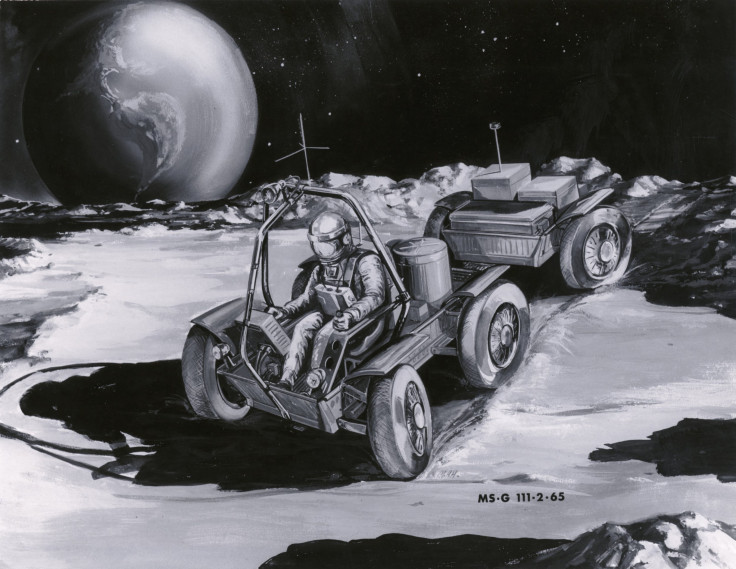
It took lots of planning before NASA was ready to send an electric rover to the moon to assist its astronauts. Early concepts of the “car” included an 8,000-pound, 21-foot-long vehicle that had six wheels. The space agency eventually landed on the four-wheel version that we know and love today.
© Copyright IBTimes 2024. All rights reserved.











